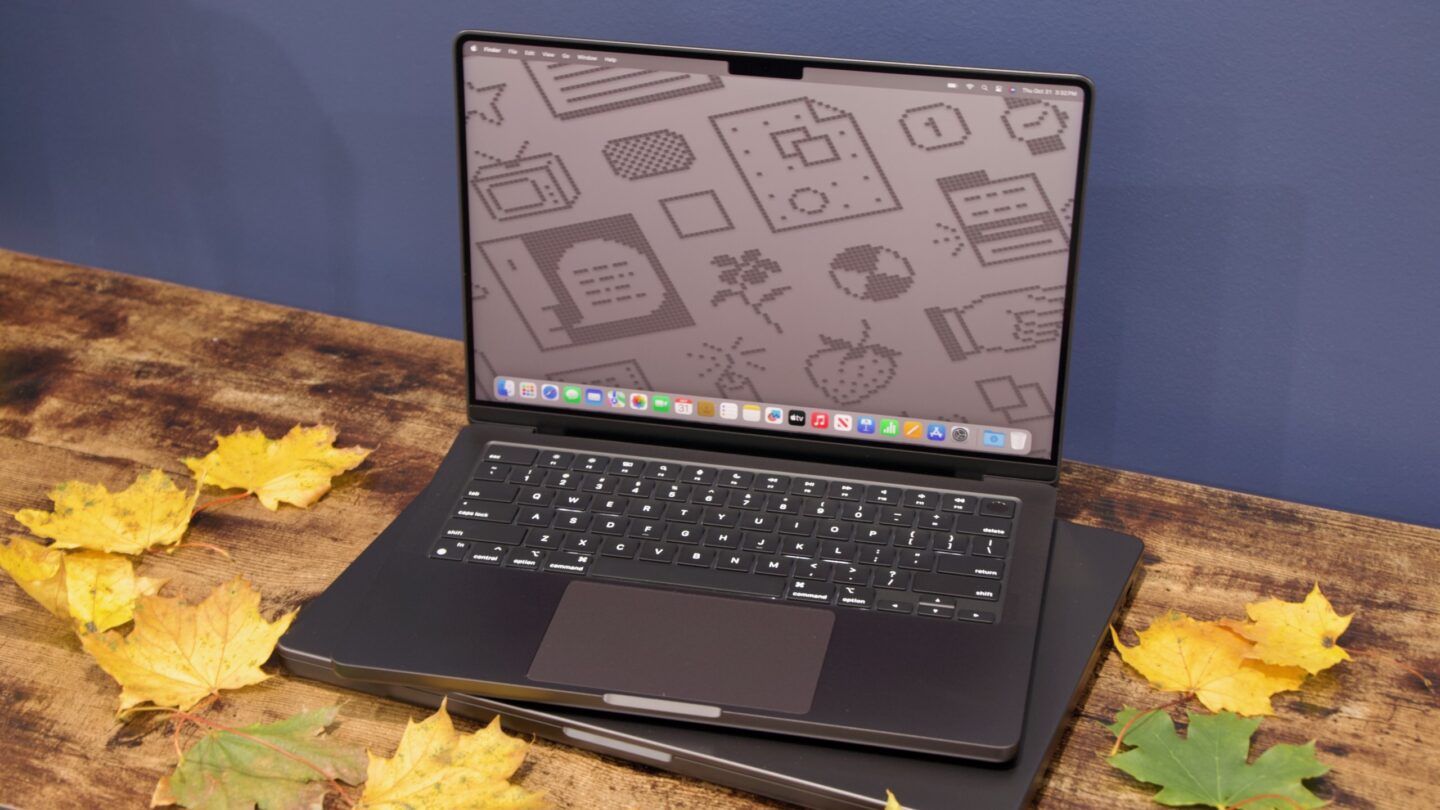My new MacBook Pros review will actually be similar in some respects to my iMac review. It is the third year and fourth generation of Apple Silicon-era MacBook Pro, and from an exterior standpoint, not much has changed with the new M4, M4 Pro, and M4 Max laptops.M4 MacBook Pros.
So here’s what is changing. Lower prices and higher RAM thresholds (top to bottom but especially at the $1,599 M4 MacBook Pro entry-level price point) make the new laptops just a smidgen cheaper & more flexible than before. New for the 27, and a $150 upgrade on all models, is a lovely matte-textured coating called nano texture that removes all reflections. The baseline M4 model adds a third Thunderbolt port (the M3 model only has two) and can drive up to three screens at once (two external plus the integrated screen). There’s a new webcam. It appears a touch better and includes an ultra-wide lens that can capture the contents of your desk instead of your mug, if you prefer. Also there are new chips, which we will cover shortly.
Finally, in a test of High Power mode, we did see some very small differences in the GFXBench scores, though not in other GPU-based tests like Cinebench and Blender or in any CPU-based tests. You might notice slightly better performance in games if you’re running them, but as with the M4 Pro, it doesn’t seem hugely beneficial. This is different from how it’s handled in many Windows PCs, including Snapdragon X Elite PCs with Arm-based chips in them because they do have substantially different performance in high-performance mode relative to the default “balanced” mode.
Nice to see you, yearly upgrade M4 MacBook Pros
All three sets of year-over-year upgrades are solid in the new MacBook Pros, but they’d be especially appealing for folks who purchased their last MacBook Pro close to the end of the Intel years sometime in 2019 or 2020. Otherwise, the nano-texture display, additional speed and extra RAM might be of interest to owners of the M1 MacBook Pros if you really need top laptop performance. I would still put a pretty damn bright line between post-M1 Intel Macs (old, hot, getting close to end of life for macOS upgrades, not supporting all the features of recent versions of macOS in any case) and any Apple Silicon Mac (fully current with feature support six years old at most).
Frankly, the computer that benefits the most is probably the $1,599 entry-level MacBook Pro, which, thanks to the 16GB RAM upgrade and improved multi-monitor support, is a fairly capable professional computer. Of all the places where Apple’s previous 8GB RAM floor felt inappropriate, it was in the M3 MacBook Pro. With the extra ports, high-refresh-rate screen, and nano-texture coating option, it’s a bit easier to articulate the kind of user who that laptop is actually for, separating it a bit from the 15-inch
MacBook Air M4 MacBook Pros
The M4 Pro version also deserves a shout-out for its particularly big performance jump compared to the M2 Pro and M3 Pro generations. It’s a little odd to have a MacBook Pro generation where the middle chip is the most impressive of the three, and that’s not to discount how fast the M4 Max is—it’s just the reality of the situation given Apple’s focus on efficiency rather than performance for the M3 Pro.
The good
- RAM upgrades across the whole lineup. This particularly benefits the $1,599 M4 MacBook Air, which jumps from 8GB to 16GB
- M4 and M4 Max are both respectable generational upgrades and offer substantial performance boosts from Intel or even M1 Macs
- M4 Pro is a huge generational leap, as Apple’s M3 Pro used a more conservative design
- Nano-texture display coating is very nice and not too expensive relative to the price of the laptops
- Better multi-monitor support for M4 version
- Other design things—ports, 120 Hz screen, keyboard, and trackpad—are all mostly the same as before and are all very nice
The bad
- Occasional evidence of M4 Max performance throttling, though it’s inconsistent, and we only saw it in one of our benchmarks
- Need to jump all the way to M4 Max to get the best GPU performance
The ugly
- Expensive, especially once you start considering RAM and storage upgrades
